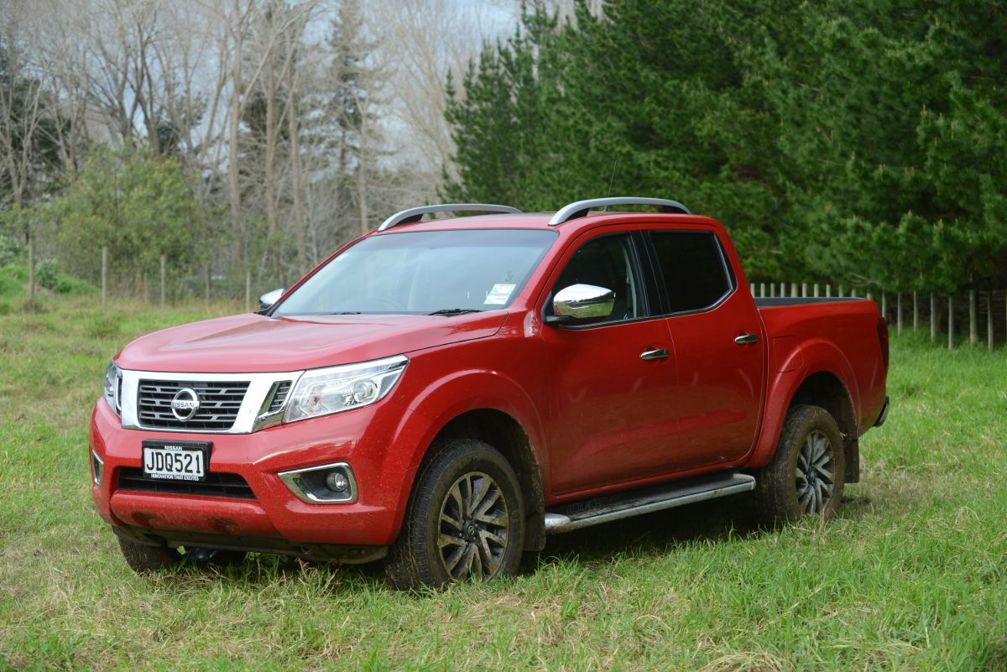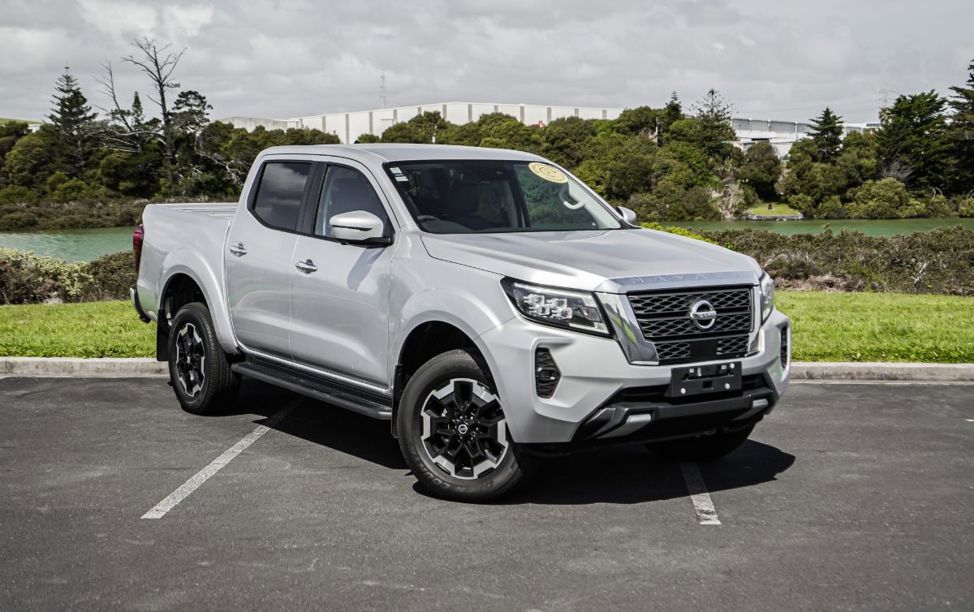It’s no secret that the new-vehicle industry is going through some hard times at the moment, with sales down and the consequent problem: too much unsold stock.
That’s the cloud for the motor industry. The silver lining for us consumers is that there’s probably never been a better time to buy a brand-new car. That’s the view of Troy Kennedy, chief executive of Armstrong’s Group, who says that pressure to clear stock, sharp finance deals and the narrowing gap between new and used-car prices makes buying box-fresh more attractive than it’s ever been… at least for now.
“My gut feeling is that we’re in this historic kind of messy patch,” says Kennedy, “and it is actually a good time to buy a new car.”
His is a valuable perspective. Armstrong’s is one of New Zealand’s biggest independent automotive groups. Through its Automotive Distributors NZ arm it imports Peugeot, Citroen, Opel, Ineos, Leapmotor and Smart. At a retail level it also represents 20 brands, including Audi, Jaguar, Land Rover, Lexus, Mazda, Mercedes-Benz, Nissan, Polestar, Porsche, Subaru, Toyota and Volvo.
Almost every brand has some sort of low-interest offer. For the last 6 months, finance has really been the way to sell new cars.
Big “straight-line” discounts are part of the appeal. They apply across the market, but especially EVs, where many are being advertised at close to half the retail price they were launched at.
But the other key aspect is affordable finance. “We never saw low interest offers in Covid like we do now,” says Kennedy. “They just didn’t exist.
“Almost every brand has some sort of low-interest offer; it’s a bit of a ticket to play in new cars at the moment. For the last 6 months, finance has really been the way to sell new cars; people take finance on cars right now who historically wouldn’t have. It lets you keep cash in your pocket. Financing a car at low interest is actually a sensible financial decision.”
How did we get here? “The car market was forecast for 2024 to be on par with 2023,” says Kennedy. “But it fell back 15%, everyone has ordered based on long lead times and the cars just keep coming. So we’ve ended up in an overstocked position.
“We’re also in an economic environment where people have pulled back from large discretionary purchases. Demand has come down”.
Case study
“I think if you combine low interest on a new vehicle, the average lower running costs at the start of the car’s life, and the cost of buying a new car versus the cost of buying a secondhand car is actually a lot closer than you think,” says Kennedy.

He makes the point with a case study: the purchase of a brand-new Nissan Navara ST-X at $44,995 versus a 2021 ST-X with 103,000km on the clock at $34,155. So the initial purchase-price difference is $12,380.
You can currently buy the new ST-X on a 2-year contract with zero deposit and a 1% finance rate. A typical rate for a used car is 11.95%.

Using those figures, the 2-year contract would cost the new-vehicle buyer $49,085, versus $43,103 for the used vehicle, a difference of $5982. Still more, but not a whole lot more for a brand-new vehicle. The argument gets strong over a long term too, with a difference of $5490 over a 3-year contract and $4496 over 4 years.
“Remember that the 2025 vehicle has a 5-year warranty, Warrant of Fitness for 3 years and brand-new tyres,” says Kennedy. “And at the end of the contract, for its second life you’ve got a vehicle that’s still pretty new with [say] 20,000km on it, compared to an older one that’s done 120,000km.”
What about EVs?
EVs are here to stay, however they are being consumed at a lower rate. While EVs were hot property when the government rebate was in place, they are now in most cases cheaper.
Kennedy believes EVs will gain momentum as the pricing becomes more in line with ICE and hybrid cars; also assisted by rapid technology changes and new market entrants – including ADNZ’s own Leapmotor and Smart.
Kennedy sees hybrids as a good choice for those wanting to reduce emissions but also notes that traditional ICE vehicles are reducing their CO2 output considerably over older vehicles.
He believes the current government regime to reduce emissions could be better served by a scheme to reduce the average age of the fleet as this would positively impact vehicle safety.
How long will it last?
“It won’t be like this forever,” says Kennedy. “Cars are just too cheap at the moment and there will be a lot of pressure for them to go up in price: emissions standards reduce next year, adding price pressure and the NZ dollar is historically weak at the moment. As more cars come into the country you’re going to see prices increase.”
“I’m optimistic about the market,” says Kennedy. “In what’s left of the first half of the year, I’d say we’ll see some headwind and continue to see strong offers.
“But we’re officially out of recession in NZ now, and I do think we’ll see some green shoots. I know people have been staying that for a while, but I do see those starting to come through.”





